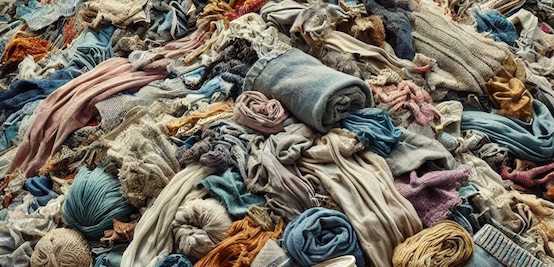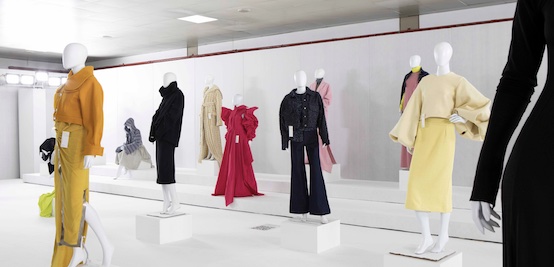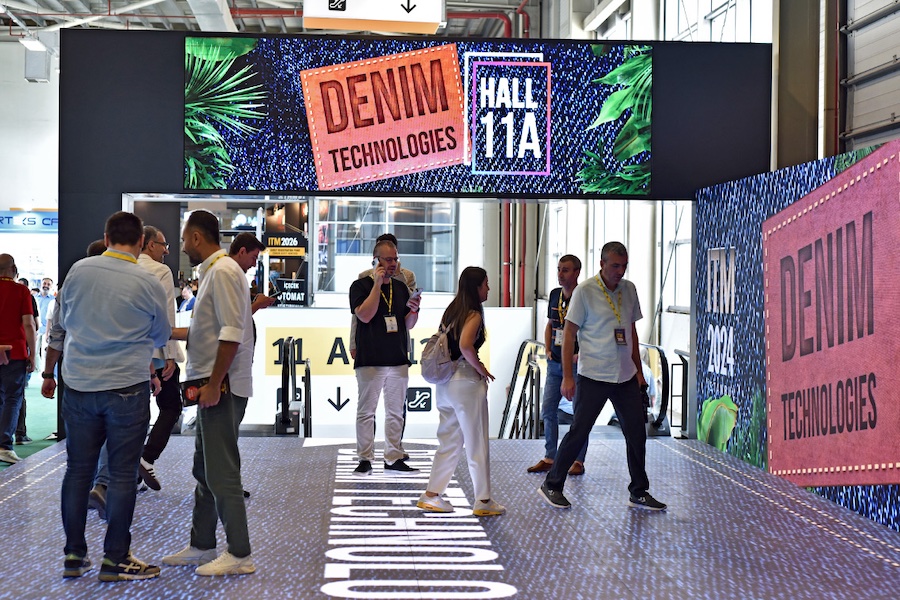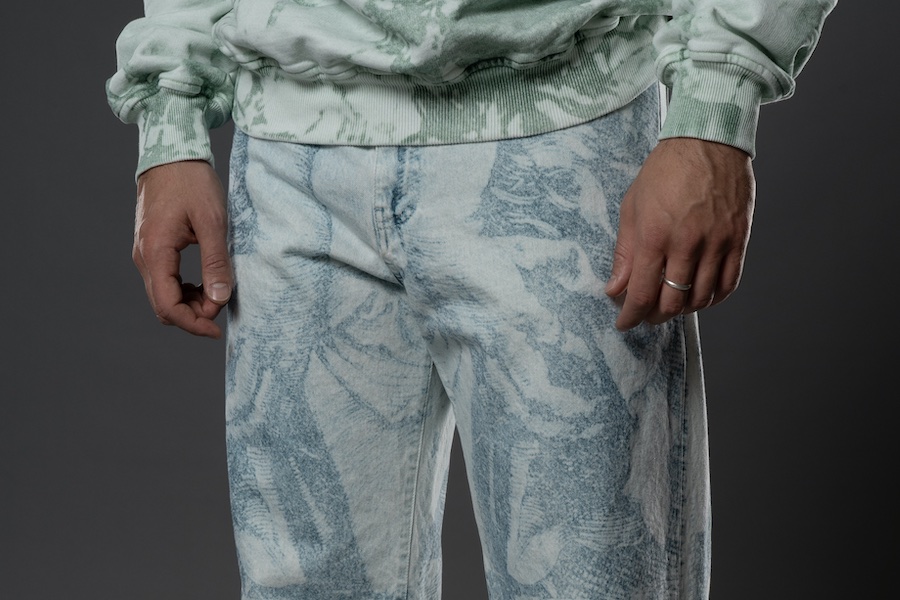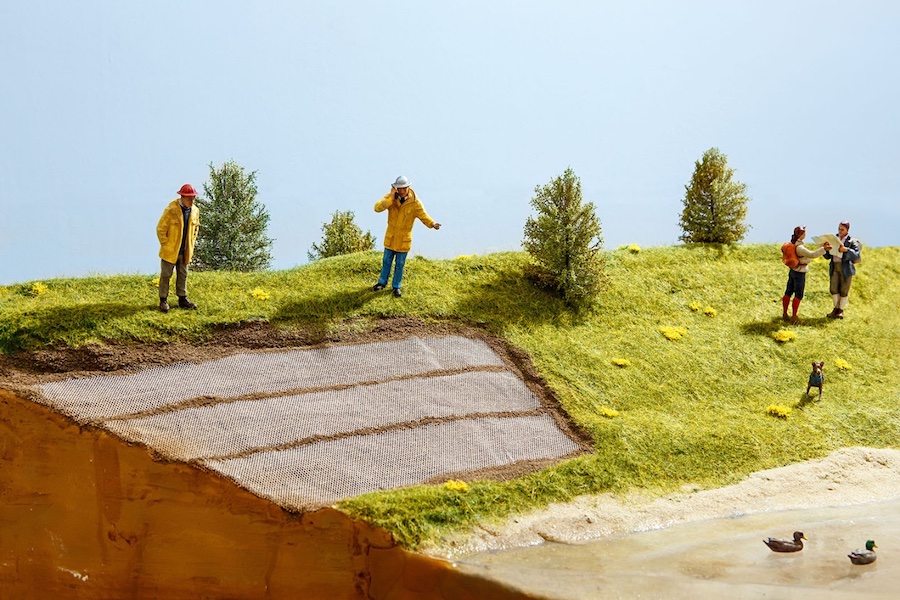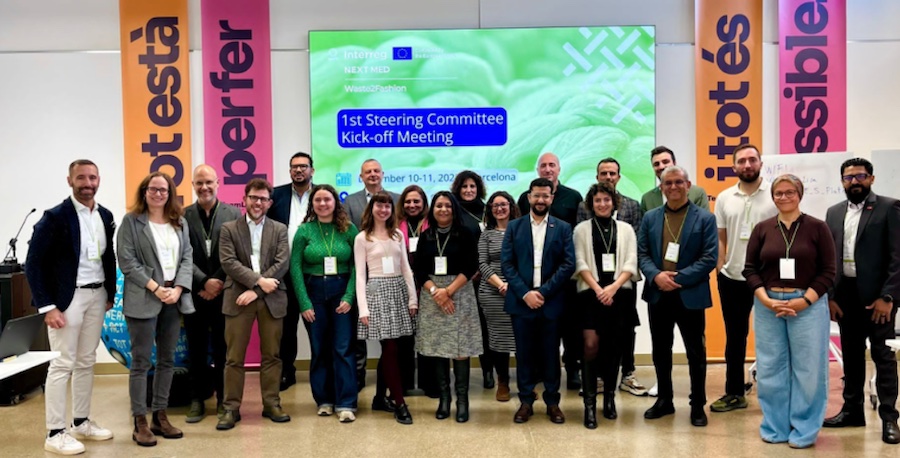#Denim
Genoa | Genova | Garibaldi in Jeans by Ian Berry
Back in the 15th century, shipbuilders and merchants in the Italian city of Genoa used a cheap, coarse and strong, cross weaved type of cotton to make sails and protect their goods. This kind of fabric was produced in the French city of Nimes, (where Ian Berry visited in 2018) resulting in the name ‘denim’ from Serge de Nim, and used in combination with moleskin. In the Internationally important port city of Genoa, similar textiles were dyed blue by indigo traded with India. Their use extended to work clothes, and they were exported under the French name ‘bleu de Gênes’ that became blue jeans when once again translated to English.
‘When I ask people where the names come from I, and I’ll admit few seem to know already, tell them it comes from England as it is the words we called them as, and I quote from back then, ‘they didn’t want a French sounding cloth’. Ian Berry joked.
Ian Berry was commissioned to make a piece of a man connected to the city, an icon of his day and internationally renowned; Giuseppe Garibaldi, often noted as the most popular and famed Italian ever. Berry has been talking to the city for several years and then the Municipal’s Manuela Arata, who visited his London studio.
Back in 2017 plans were being formed to do an event in Genoa, and Ian Berry was working with Cristiano Palozzi toward this goal. But then horror struck, on 14th August 2018, the Morandi motorway bridge in Genoa, Italy, collapsed during a torrential rainstorm killing 43 people and shocking a stunned city and the world. Obviously the city was reeling and the project was sidelined.

‘I was in Nimes at the time so very invested in both of the cities and in my heart. The bridge tragedy was awful but only made my commitment to Genoa greater.’
Ian Berry’s Garibaldi in Jeans, (denim on denim, 106 x 77 x 6 cm) is placed at the Museo del Risorgimento. The museum was the birthplace of Giuseppe Mazzini whose efforts, like that of Garibaldi, helped bring about the independent and unified Italy.
It is based on the painting by Gerolamo Induno’s GARIBALDI A MARSALA (11 May 1860), oil on canvas, 1861, in the Museo Nazionale del Risorgimento Italiano in Turin, who supported this portrait. In the painting, like other iconographic testimonies dedicated to Garibaldi and the Red Shirts, including those in the Museo del Risorgimento in Genoa, the protagonist wears trousers made of the typical blue fabric, whose Genoese origins are recognised.
www.ianberry.org





